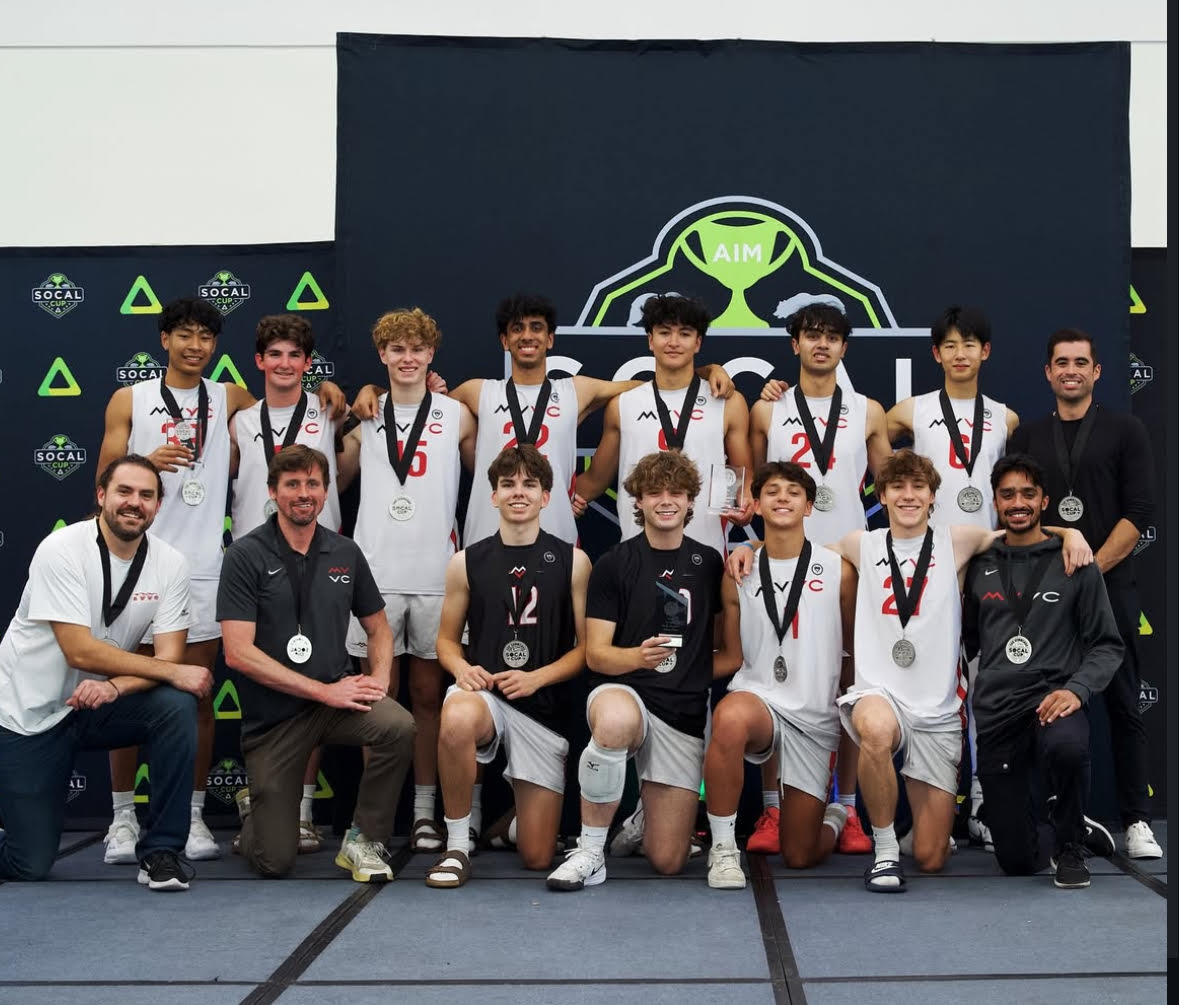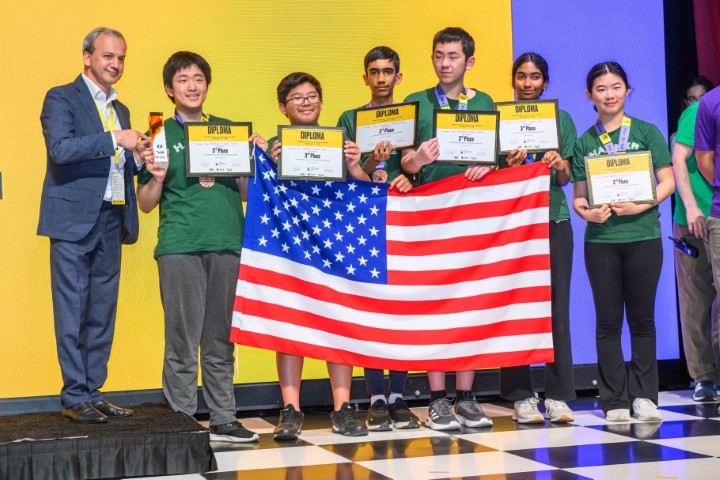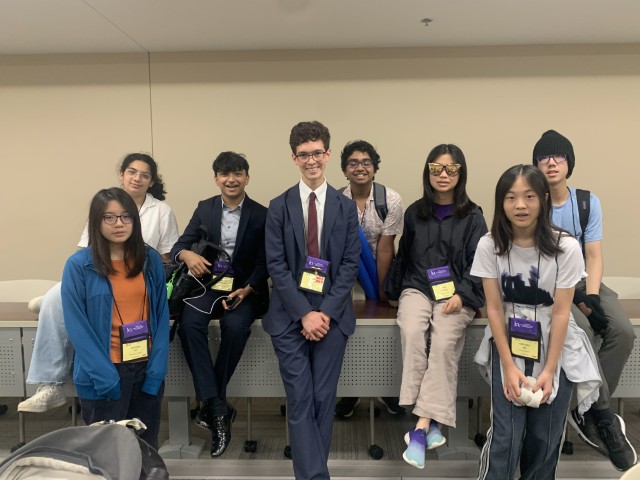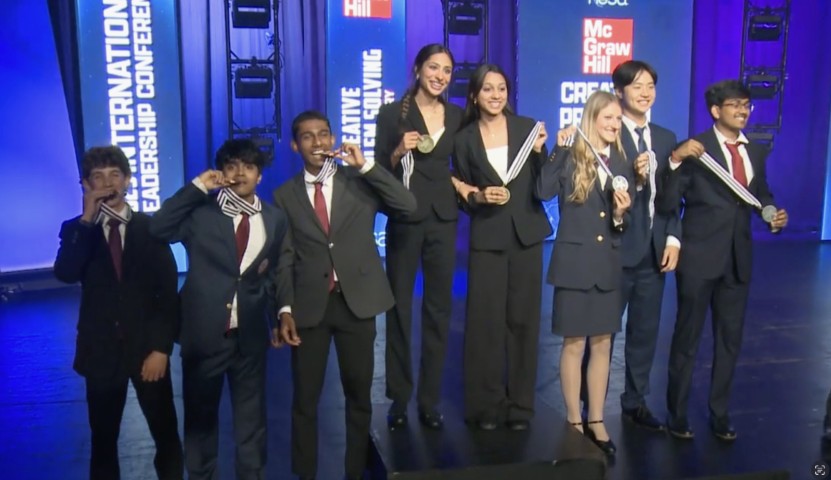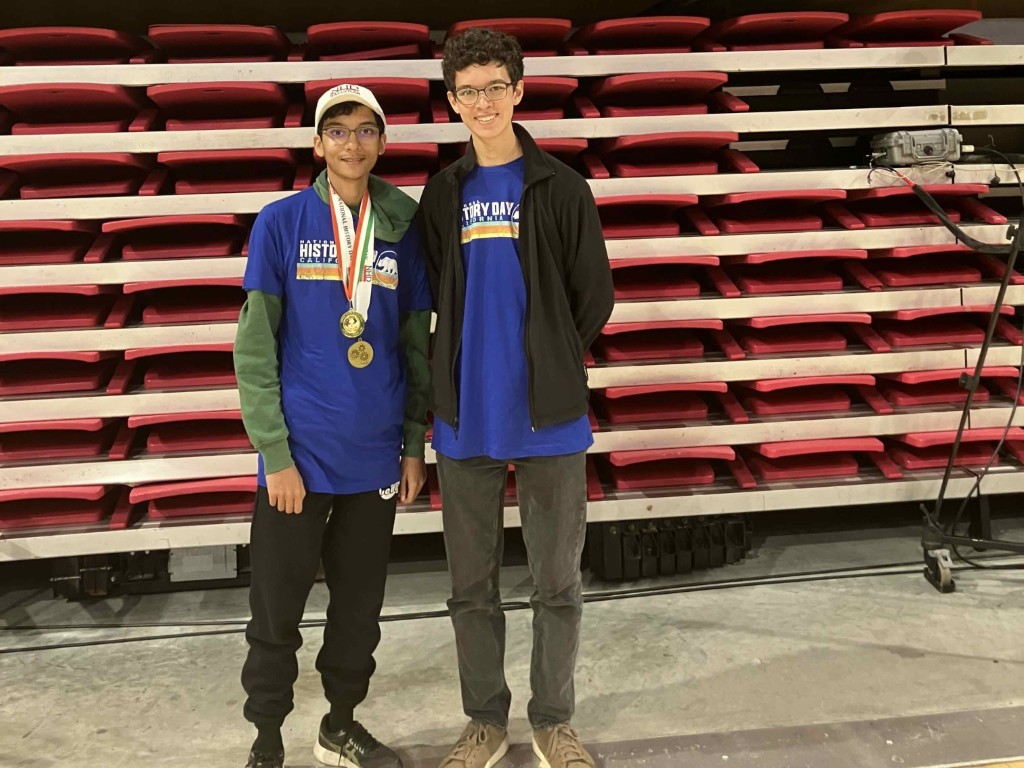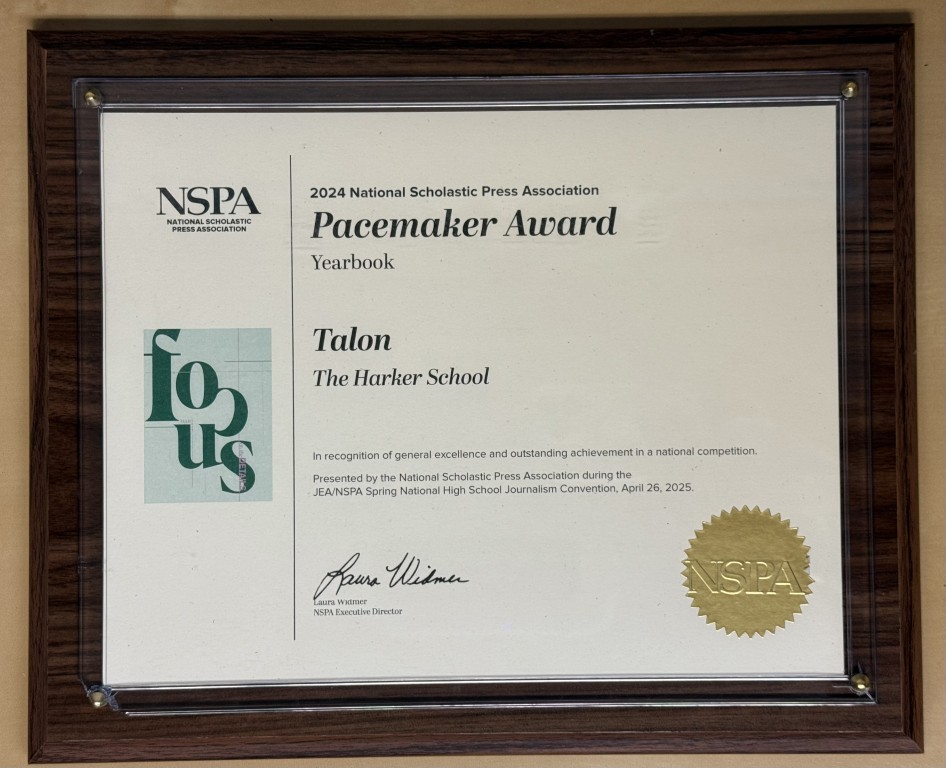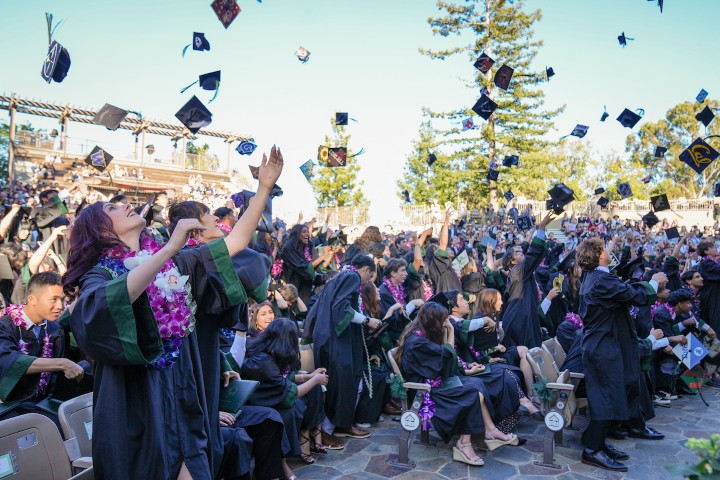In June and July, 15 Harker students and three 2025 graduates competed at two major volleyball tournaments.
Upper School
Harker chess team takes third at world schools championship
The competition featured 55 of the top school teams from around the world, hailing from 48 countries.
Harker students bring home the gold from International History Olympiad
Harker Team ranks among Top 20% in national Quiz Bowl
Harker returns from NJCL convention with rare milestone
Harker students were selected to be NJCL officers for the fourth consecutive year.
[Updated] 2025 Nat’l Merit Scholarship winners count stands at 14
National Merit Scholarship Corporation recently announced the first two rounds of graduating seniors who have won scholarships in the 2025 National Merit Scholarship Program.
Rising seniors win HOSA international problem solving competition
Rising seniors Angelina Antony and Disha Gupta placed first in Creative Problem Solving at the Health Occupations Students of America (HOSA) International Leadership Conference.
Students and recent graduate featured at National History Day National Contest
Two current Harker students and a recent graduate were recently chosen to showcase their work at last week’s National History Day National Contest in College Park, Md.
Journalism enjoys historically successful spring semester
Harker’s journalism program saw many successes during the spring semester, most recently with the TALON yearbook and Winged Post newspaper winning first place in the Journalism Education Association Northern California’s Best of the West awards.
Class of 2025 graduates: “You will grow in ways you never expected”
Families and friends of the Class of 2025 gathered at the Mountain Winery last week for the 2025 graduation exercises, where the senior class celebrated completing their journey as Harker students.
